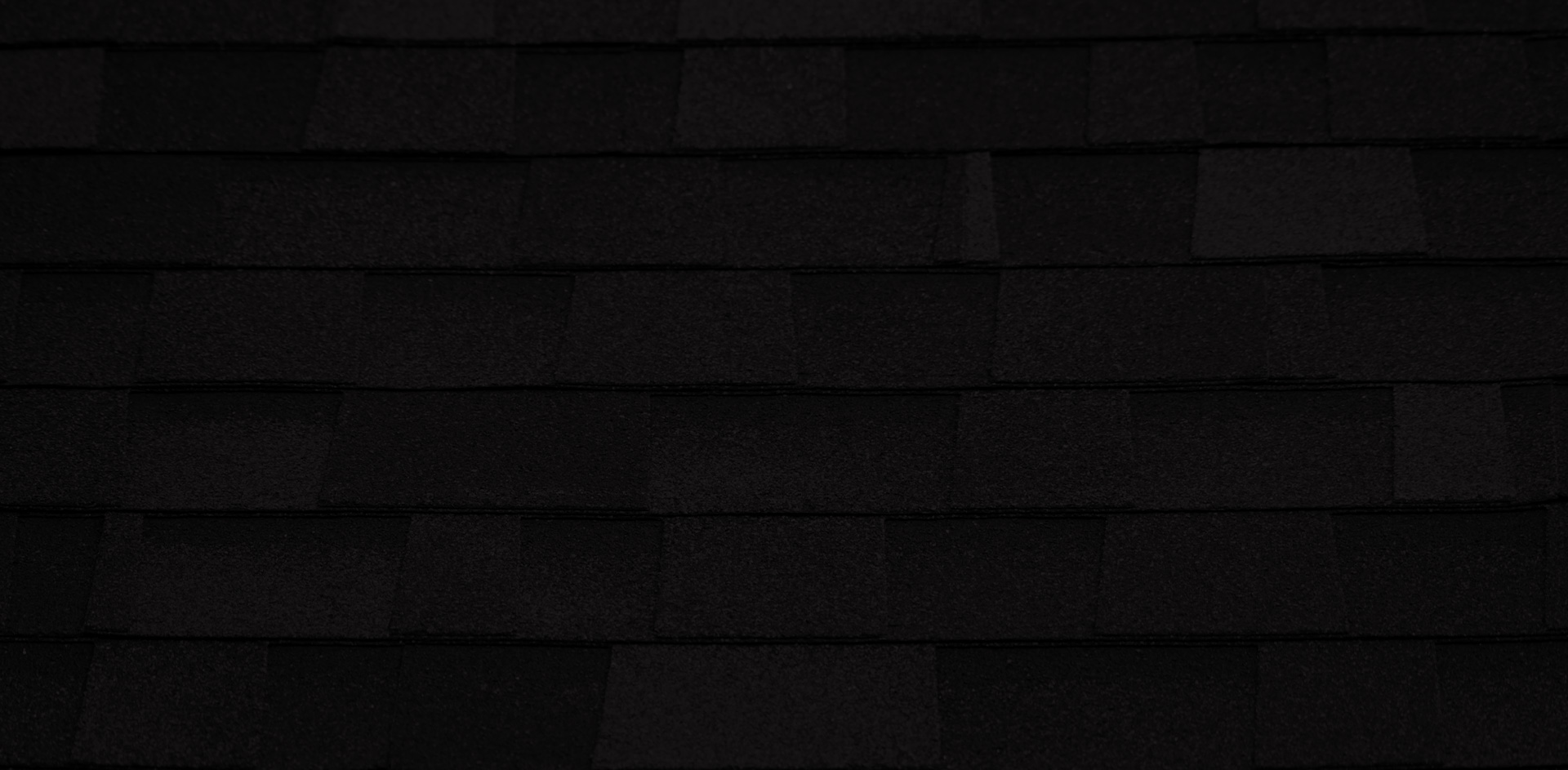Winter brings many good things like holiday festivities, special gifts, and fond memories. But it also brings not-so-good things, like inclement weather that can damage your roof. While there’s no way to control what the weather may bring, you can make sure your roof stays strong against high winds, cold temperatures, and occasional snowstorms. Here’s how to prepare your roof for the worst.
Trim the Trees Overhanging Your Property
The strongest winter winds can uproot trees and fling them around. Even when not in full force, winds can still shake leaves off branches and knock branches off trees. If you have on your property, trim them in preparation for winter. When the snowstorm hits, you wouldn’t want branches to crash on your roof, nor would you want leaves to clog your gutters.
Prevent Ice Dams From Forming
Ice dams form because of unequal roof surface temperatures. On parts of the roof where the temperature is above 32°F, snow melts. But on parts where it’s 32°F or colder — usually at the edges of the roof — water refreezes. The ice dam on the roof edge blocks water from flowing and reaching the gutter, moving instead to cracks and openings in the roof. This often results in roof damage and attic leaks.
To prevent ice dams from forming, make sure your roof is uniformly cold throughout winter. Don’t let the warmth from the heating system reach your roof: trap heat inside by sealing all gaps and cracks along the walls and the ceiling. It’s also important to insulate your attic to reduce heat conduction from inside your home to your roof.
Winterize Plumbing
As the water in your pipes freezes and turns into ice, it expands and produces pressure inside the pipes, causing parts of the pipes to break. To prevent this, insulate all plumbing throughout your house, including the pipes in your attic. The last thing you want is for water to melt and leak into the foundations of your roof.
Use foam pipe insulation sleeves to wrap the pipes. You should also use heat tape, especially on vulnerable pipes, such as those that are old or have previously been damaged.
Reseal Around Roof Fixtures and Flashings
Any fixture attached to your roof such as vents, satellites, and antennas can be an entry point for water, snow, or moisture, so make sure to reseal around the parts where these fixtures meet the roof.
Do not leave anything to chance and call in a roofing expert to assess the parts of your house most susceptible to leaks so you can have damaged flashings, shingles, and the like fixed or replaced at the soonest time possible.
Don’t let roof problems dampen the joyous spirit of the season. For any roof-related concerns this winter, call D&D Roofing and Sheet Metal, Inc., Inc. We have been keeping Nevadan homes warm for over 40 winters. Contact us today.
